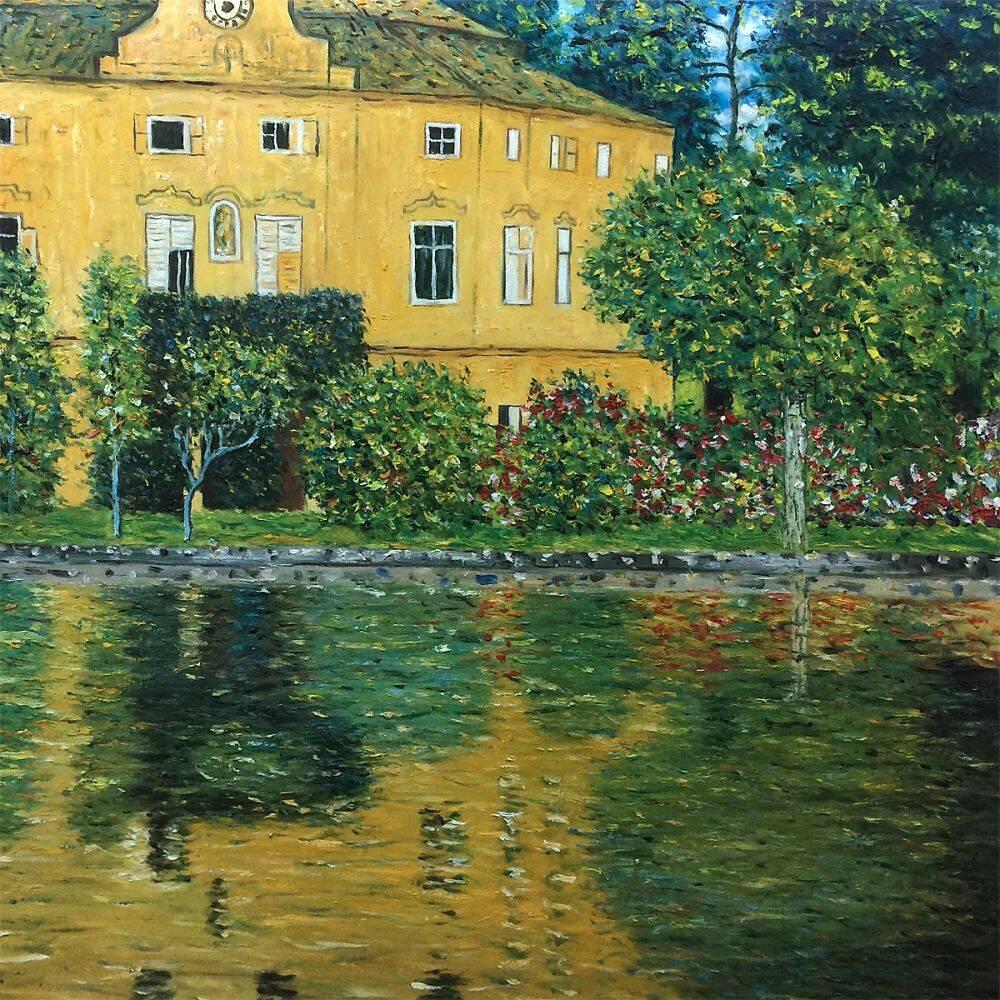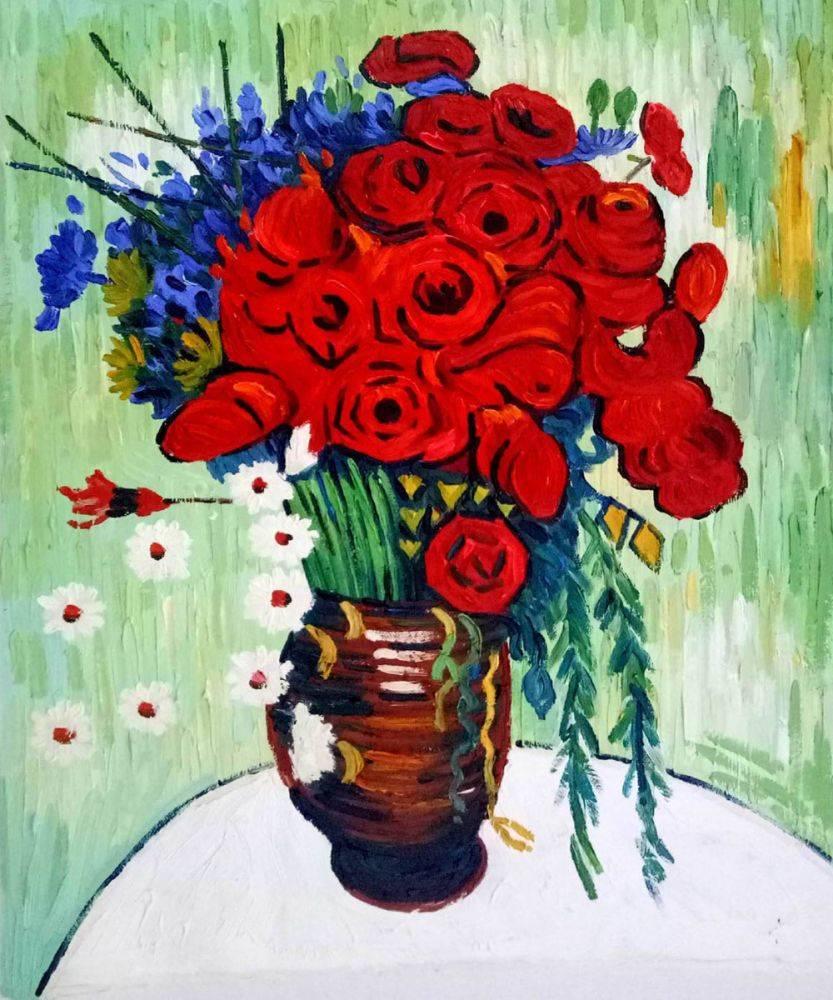Art & Decor Trends
Top ten tips for painting with oils
 Oil painting can be a very tricky and difficult medium to master. Many people stay away from oil painting just because they know the learning curve is higher then other self-proclaimed painting mediums.
Oil painting can be a very tricky and difficult medium to master. Many people stay away from oil painting just because they know the learning curve is higher then other self-proclaimed painting mediums.
Impasto style oil painting where thick rich brush strokes are applied are especially difficult. However, by the end of it all, you will feel as if Vincent Van Gogh himself possessed your soul and the joy of creation will be immense.
Another known style is glazing where the artist paints a series of thin layers building up a sense of depth in the artwork. This is an extremely tiresome process, as you can only apply a new layer after the old layer has completely dried up.
With that said, there is really no substitute to oil painting. The following are ten easy to apply oil painting tips to get the beginners out there started:
- When at the art supplies store, pick up some pigments containing lead, cobalt or manganese. They really help in accelerating the drying.
- You can tell if too much oil has been added to the pigment if the paint on your palette dries up it forms wrinkles.
- To make sure the solvent you are using is right for oil painting, put a small amount on a piece of paper and let it evaporate. If it evaporates without leaving any residue, stain, or smell, it should be fine.
- Try to incorporate the “fat over lean” technique. Because the lower layers absorb more oil from the subsequent layers on top, the layers underneath might crack over time if they are too oil-heavy. This is very fundamental.
- When painting, set your color palette in a consistent order, so as you go along, you can pick colors instinctively.
- If you want to clean away a layer of oil, use alcohol, it is a powerful solvent.
- For the underlying layers try to avoid certain colors as some tend to take a long time to dry.
- For glazed oil paintings, use linseed oil for the underlying layers as it dries up the fastest of all the oils.
- For light colors use poppy oils, although it does dry slower, linseed oil has a tendency to turn yellow.
- For the drying process, try and expose your oil painting to sunlight; don’t dry your oil painting in the dark. It may cause a thin film of oil to rise to the surface.
Hope this helps some of you beginners out there that are looking to pickup painting. If you got a great painting tip to share with others, or found any of these tips helpful please comment and let the world know…



